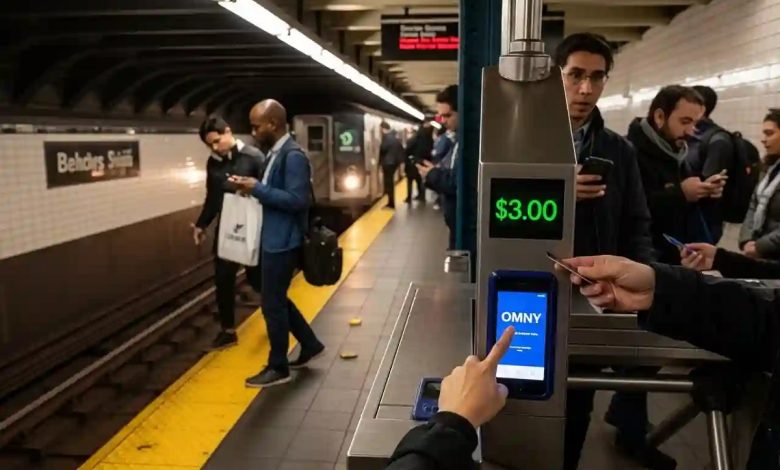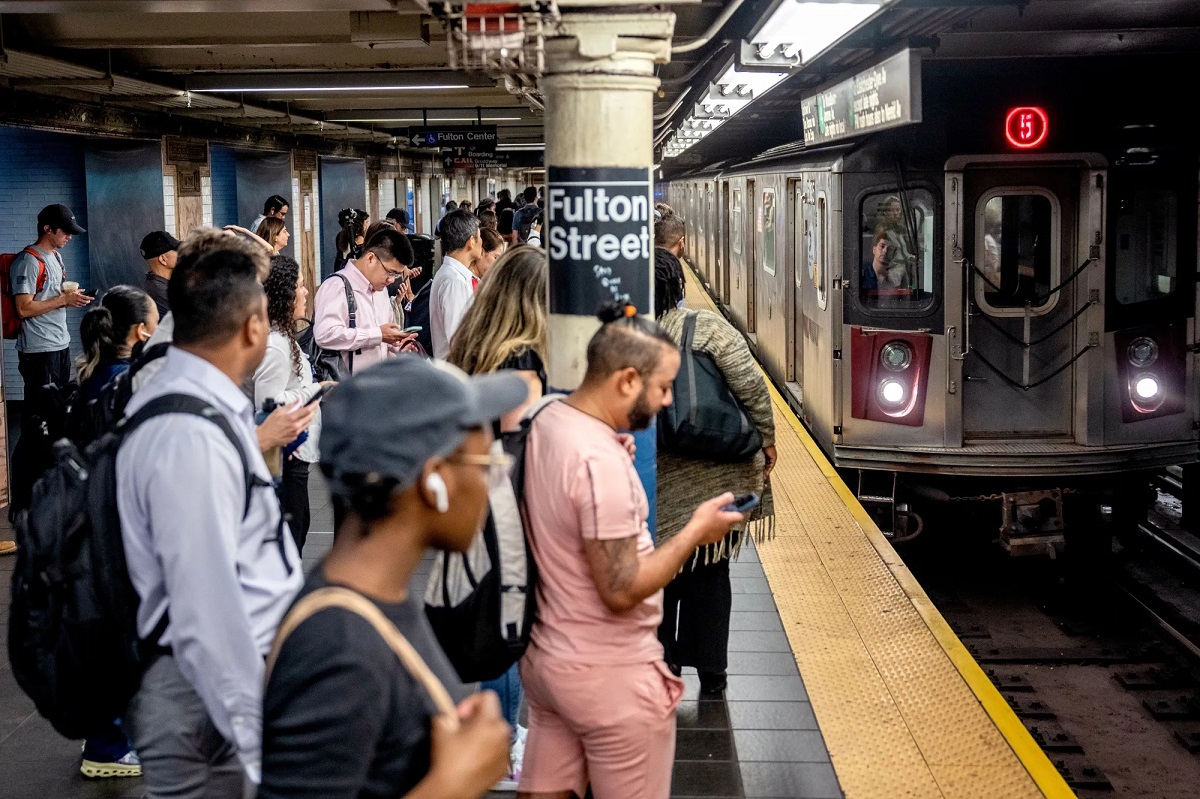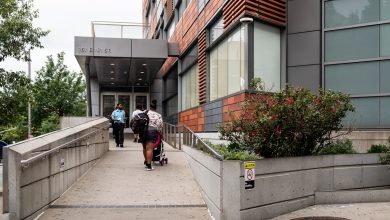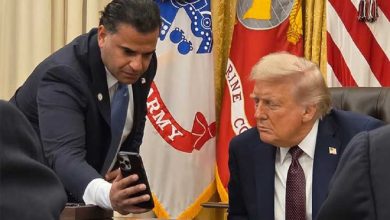New York City Subway Fares Set to Rise to $3 by 2026 Amid Major Transit Overhaul
MTA announces sweeping fare increases, service changes, and MetroCard phase-out—impacting millions of NYC commuters and sparking concern from advocates and officials.

New York City commuters are bracing for a significant change: subway and bus fares are set to rise to $3 by early 2026, marking a pivotal shift for millions who rely on the city’s vast public transit system. The announcement, made during the latest Metropolitan Transportation Authority (MTA) board meeting, reflects broader efforts to meet financial goals and transition to advanced digital payment systems.
One of the most striking changes will be the elimination of the 30-day unlimited MetroCard, a long-standing option for frequent riders. Instead, the MTA will offer 7-day fare capping, allowing riders to pay up to $36 in a rolling 7-day period using the same smartphone or credit card. Once this cap is reached, commuters will enjoy unlimited rides for the remainder of that week. This system aligns with the city’s full transition to OMNY, the digital tap-and-go payment system replacing traditional MetroCards.
The fare hikes won’t stop at subways and buses. Commuter rail lines like Metro-North and the Long Island Rail Road will see a 4.4% fare increase. Meanwhile, bridge and tunnel tolls operated by the MTA will increase by 7.5%. E-ZPass users will face specific toll hikes:
-
$0.52 increases at major crossings like the RFK, Whitestone, Throgs Neck, Verrazzano Bridges, and the Queens-Midtown and Brooklyn-Battery Tunnels
-
$0.24 more at the Henry Hudson Bridge
-
$0.20 more at Cross Bay and Marine Parkway Bridges
Importantly, Manhattan’s congestion pricing tolls for the Central Business District will remain unchanged.
In another key update, a new unlimited weekly pass will be introduced for express bus riders, activated once they spend $67 per week, mirroring the cap currently available on local buses and subways. For commuter rail passengers, the MTA will eliminate round-trip tickets and replace them with flexible daily passes that expire four hours after activation—intended to simplify fare structures and promote more adaptive travel habits.
As the OMNY transition accelerates, the MetroCard will be retired by December 2026. MetroCard sales are expected to end by January 2026, marking the close of a chapter in NYC transit history. Starting next year, the reusable OMNY card will double in cost, from $1 to $2, due to high maintenance costs—estimated at $20 million annually—for MetroCard vending machines and physical production.
However, not everyone is on board. Mayor Eric Adams publicly criticized the proposal, stating:”Raising fares without delivering real improvements is an insult to hardworking New Yorkers.”
He urged the MTA board to reject the plan.

Still, MTA officials argue the increases are necessary to keep pace with inflation and meet critical revenue targets. The current financial strategy includes a scheduled 4% fare increase every two years, with the last occurring in 2023. Further hikes are expected in 2027 and 2029.
Passenger advocacy groups such as the Riders Alliance are calling for expanded access to the Fair Fares program, which offers reduced rates for low-income New Yorkers. They propose automatic enrollment tied to other benefits and even free transit for the city’s poorest residents. The MTA has promoted Fair Fares, but acknowledges that wider outreach efforts fall under city responsibility.
The MTA’s chairman emphasized that the agency aims to be part of the solution to affordability, not the problem. These sweeping changes reflect the ongoing challenge of balancing financial sustainability with the economic realities of a diverse ridership.



